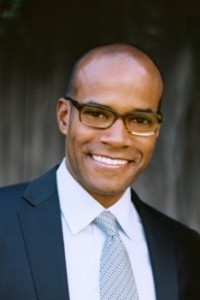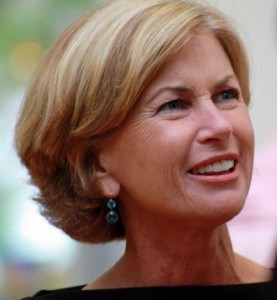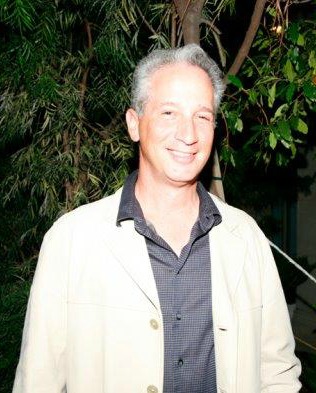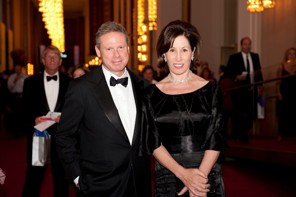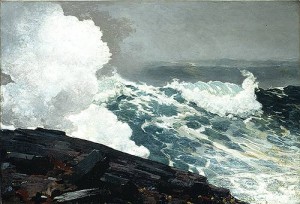 Gestures are important, and here’s one that deserves notice. Within hours of the bombing at the Boston Marathon last month, Thomas P. Campbell, director of the Metropolitan Museum,* reached out to Malcolm Rogers, director of the Museum of Fine Arts in Boston, offering his support and backing that up with the suggestion that the Met lend a few paintings to the MFA as a special show. As a result, the MFA will put the three — chosen by Campbell and Met curators — on display during its “community weekend” over the three-day Memorial Day celebration. They’ll remain on view there until July 7, nicely taking in the July 4th celebration as well.
Gestures are important, and here’s one that deserves notice. Within hours of the bombing at the Boston Marathon last month, Thomas P. Campbell, director of the Metropolitan Museum,* reached out to Malcolm Rogers, director of the Museum of Fine Arts in Boston, offering his support and backing that up with the suggestion that the Met lend a few paintings to the MFA as a special show. As a result, the MFA will put the three — chosen by Campbell and Met curators — on display during its “community weekend” over the three-day Memorial Day celebration. They’ll remain on view there until July 7, nicely taking in the July 4th celebration as well.
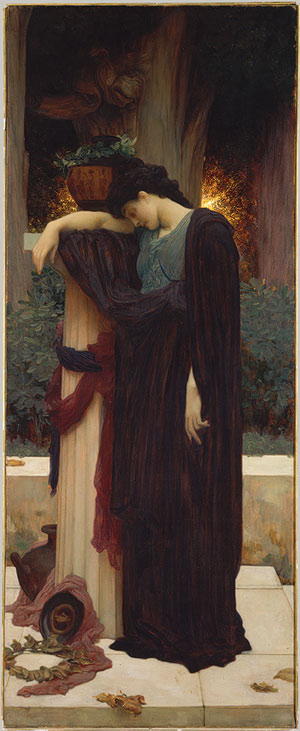 In a press release from the MFA, Campbell said:
In a press release from the MFA, Campbell said:
The Met wanted to show support for its sister institution during this challenging moment for the people of Boston. Great museums are places of solace and inspiration, particularly when tragedy strikes a community. I hope the works of art we have lent will help the city’s recovery in some small way.
That’s class (and I appreciate the reference to solace and inspiration).
The works are Northeaster (1895) by Winslow Homer (above); Lachrymae (ca. 1894–95; completed by 1901) by Frederic, Lord Leighton (at right); and The Monet Family in Their Garden at Argenteuil (1874) by Edouard Manet. They got the nod, according to the MFA, because
The works reflect the range of sentiments experienced by Bostonians in recent weeks—from the turmoil brought on by the raging storm of events that began on April 15, to the sorrow felt by residents, to the promise of joy and better days to come. Messages to Boston from both Campbell and Rogers will accompany the paintings, which will be on view in the MFA’s Art of the Americas Wing in the Barbara and Theodore Alfond Gallery (2nd floor). The gallery also features works by Winslow Homer, including the MFA’s beloved painting, Boys in a Pasture (1874), as well as works by Thomas Eakins.
The MFA decided to be free from Saturday, May 25, through Monday, May 27, because of the tragedy. It is calling the event-filled weekend “Boston I Love,†and it also involves contributions — in the form of a quilt — from around the globe. Again, from the release:
In response to the tragedy in Boston, quilters from around the world have created hundreds of hand-sewn squares in tribute to the city, which will be presented in To Boston With Love. Each mini quilt delivers a message of peace and hope and is signed on the back by the artist, with his or her country. They were created by quilters in the US and around the world, including Canada, England, Ireland, France, Holland, Australia, Japan, Brazil, and Africa. The squares have ties at each end, enabling them to be linked together to form a chain of quilts that will be displayed in the MFA’s glass-enclosed Shapiro Family Courtyard. The project was a grass-roots effort conceived by Berene Campbell of Vancouver, Canada, and organized locally by Amy Friend of Newton. It was activated through social media using Flickr…
More in the press release, linked above.
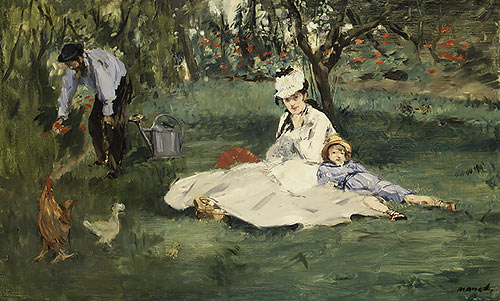 MFA is also planning to let visitors make their own pictures and add them to “an ever-expanding community collage at the MFA. Visitors will be able to contribute to The One Fund Boston at donation boxes located throughout the Museum.”
MFA is also planning to let visitors make their own pictures and add them to “an ever-expanding community collage at the MFA. Visitors will be able to contribute to The One Fund Boston at donation boxes located throughout the Museum.”
Certainly after 9/11, the Met was a place of solace, so it is wonderful that MFA is doing this. Kudos to all involved. It literally has brought tears to my eyes.
Photo Credits: Courtesy of the Met
* I consult to a foundation that support the Met


